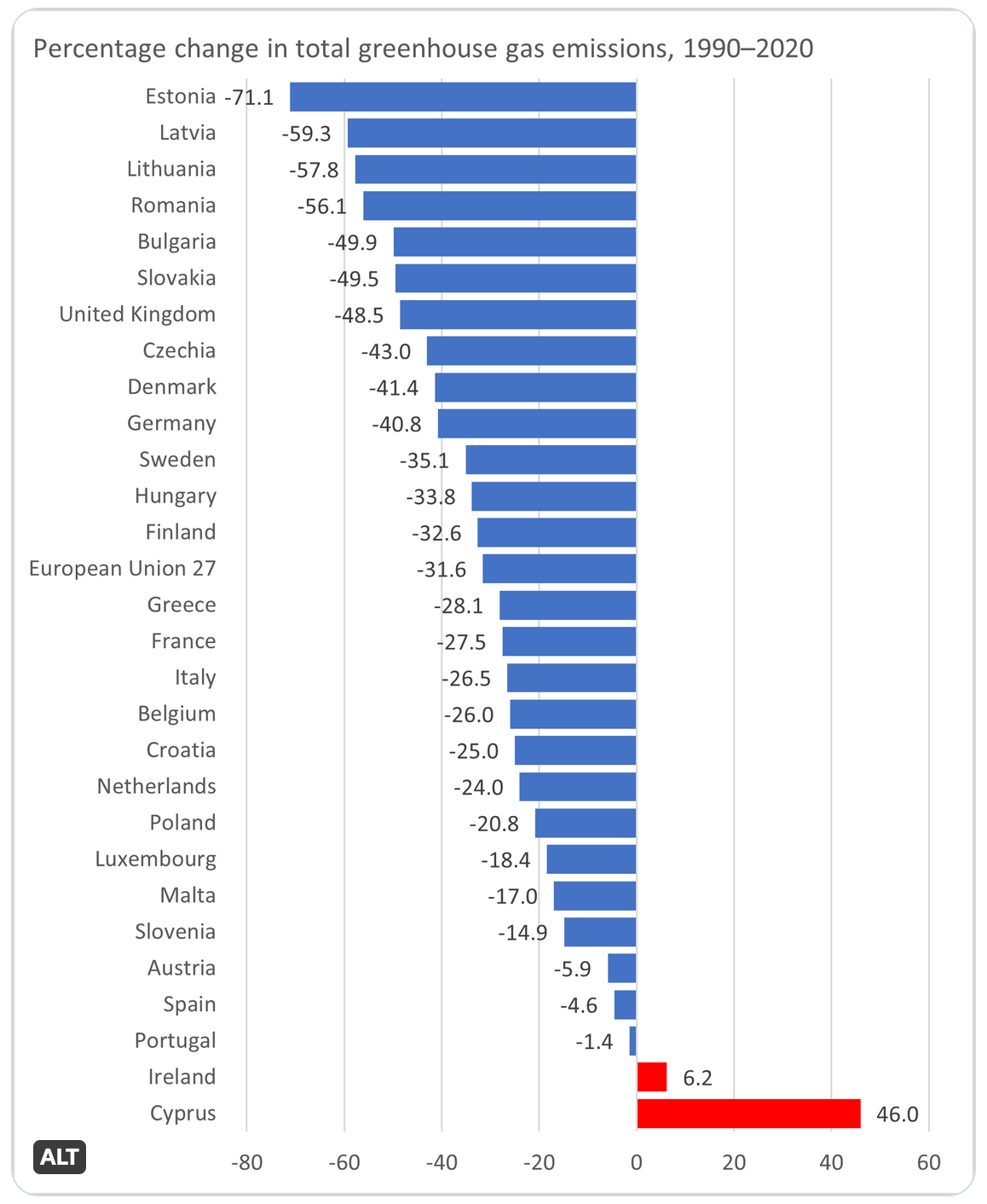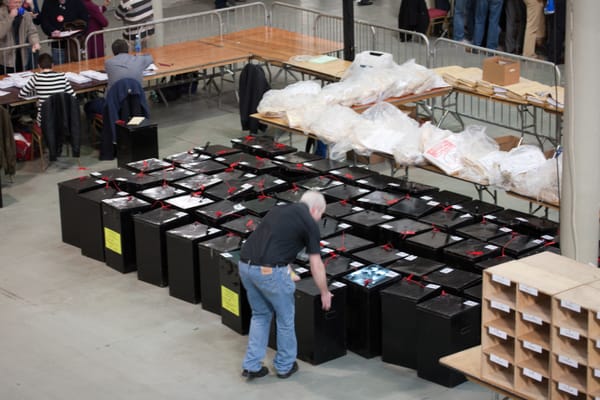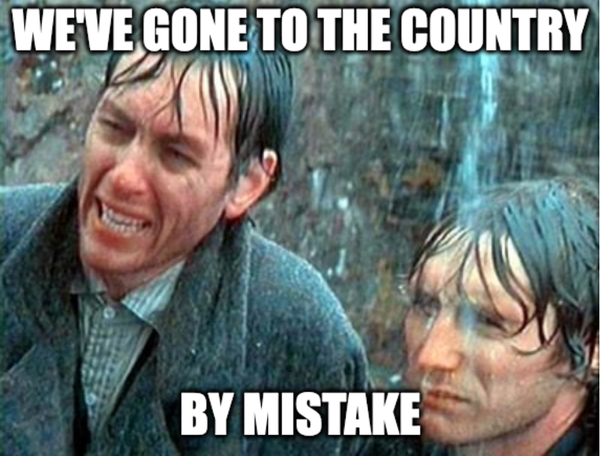The Gist: A long, hot Summer
The political climate and the actual climate aligned this week, leaving everyone hot and the farm lobby bothered. This is the Gist.
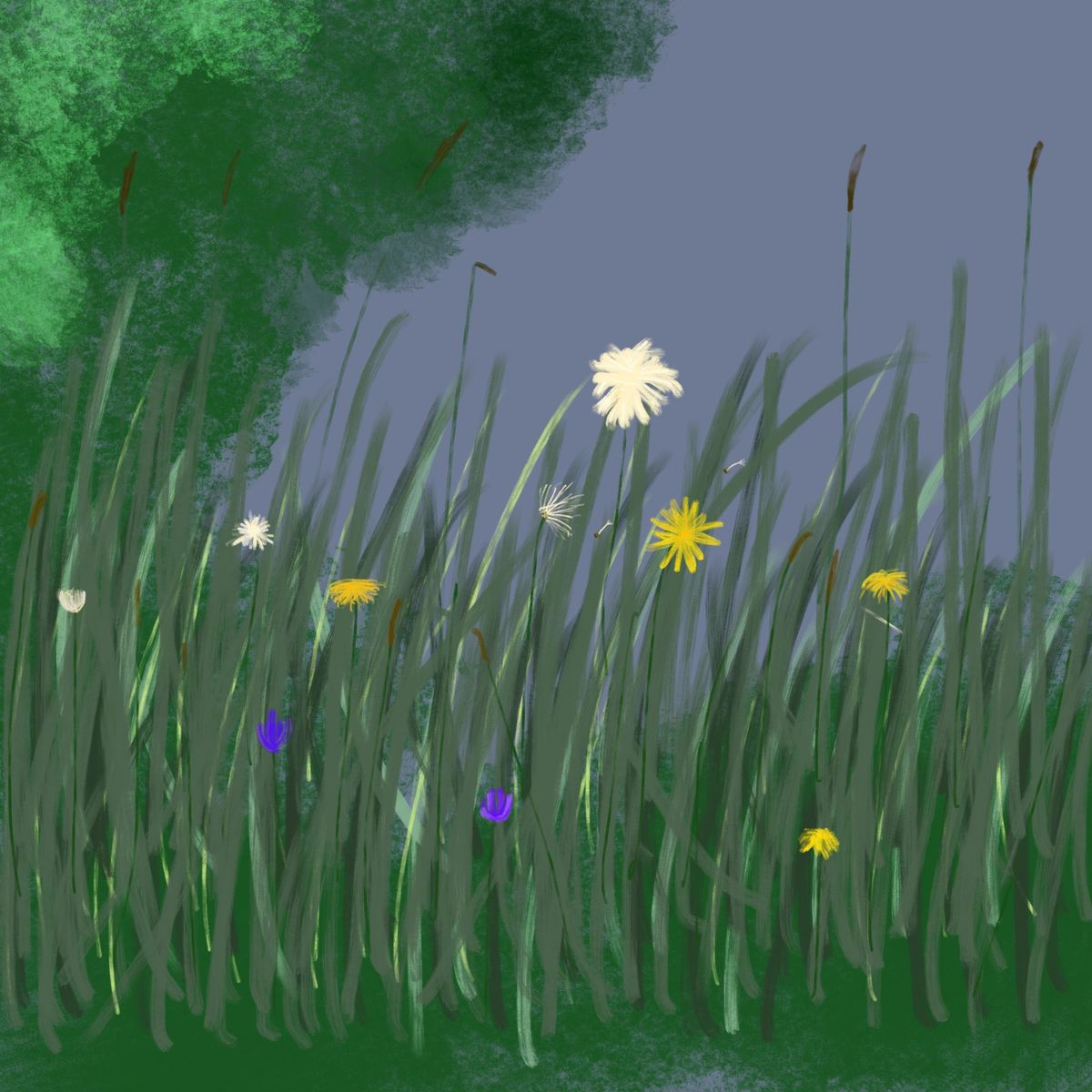
This week was meant to be a bit of end of term fun for the Government parties. With the Dáil in recess until the 14th September, the Executive gets to play without the formal requirement to face an opposition. This is a time for announcements, where Government TDs, who, lest we forget, have a monopoly on good news on what the state is going to do next, get to announce to their constituents all the goodies they've procured them.
The fact that this sort of an announcement is generally just heralding the automatic decisions of the civil service is neither here nor there as far as the happy herald is concerned.
But this week had something different about it. Specifically, it was hot. Very hot. And that was just in Ireland. Across Europe, it was thermometer-busting, record-setting, life-ending, firestarting hot. Climate change is pretty undeniable when the roads start to melt.
And it was against that sweltering backdrop that the public became aware of the farm lobby's resistance to the Minister for Environment's plans to set where, in the already agreed range of 22-30% reductions, the requirement for the Agriculture sector's emissions reduction would end up.

The Minister had made it clear that he wanted the reduction level to be set at the higher end of the range. He had to do that, because as the EPA reported during the same week, Ireland simply wasn't making the overall reductions in emissions it needed. In fact, for the past two years, emissions had actually risen overall, mostly driven by rises in Agriculture. If you have 10 years to meet a reduction target and spend the first few years of that increasing your emissions, you're going to have to go faster and harder at the back end of the plan to hit the targets.
Ireland is going backwards. The gap between the orange line and the straight grey line is the projected shortfall if we don't get our act together.
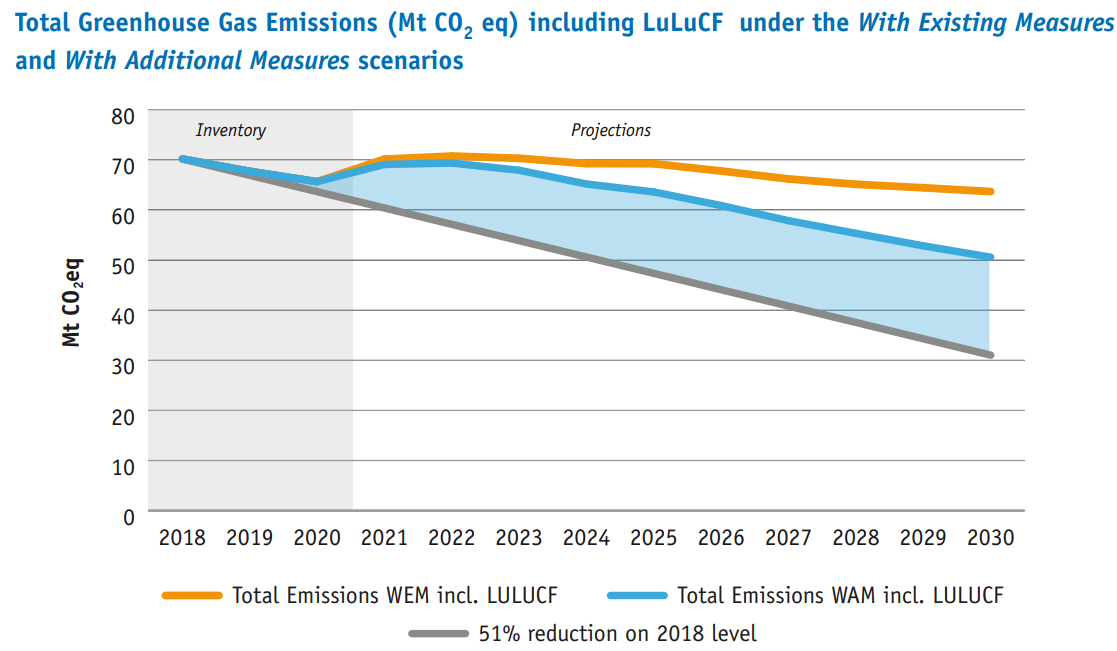
The EPA was clear. Even if Ireland implemented every single planned mitigation (this includes such fanciful dreams as 800,000 vehicles on the road in eight years), but left Agriculture to deliver its minimum 22% cut, the country as a whole would only manage to reduce emissions by 28% instead of the required 51% reduction.
But the Agriculture lobby don't want anything above the 22% minimum. In fact, they sent their spokesmen and political proxies out to describe even that level of climatesaving action as 'challenging'. Which, to be fair, if you're in the middle of a multi year increase in argriculture emissions, any reduction figure probably does look like a challenge.
If you would like to be equal parts depressed and annoyed you can listen to the Fine Gael junior minister for Agriculture here alternate between groundless bluster and transparent dissembling, as he argues against his own Government's overall emissions reduction policy.
Apparently, the Department of Agriculture doesn't see itself as the means by which the state's overall policies can be applied to agriculture, but as an institution for applying the farming lobby's policies to government. Regulatory capture, but we're all the hostages.
Meanwhile, while junior ministers will happily act as sectoral mouthpieces without any pretence of taking account of the needs of the rest of the country or even the world, Government's leaders have to say something to at least pretend that they aren't just willing to see their voters' children come to view summer tarmac like B-movie quicksand.
And so the week was filled with talk of 'New Technologies'.
You will remember how we all sniggered at the absurd Brexiteers who kept insisting their impossible plans for the Border could be made real with new (but not specified or invented) technologies. Remember how everyone knew this was a denial of reality, a refusal to admit truth they just couldn't acknowledge? Well, it turns out the Taoiseach and Táiniste remember it too- and they want a bit of that magic technology themselves.
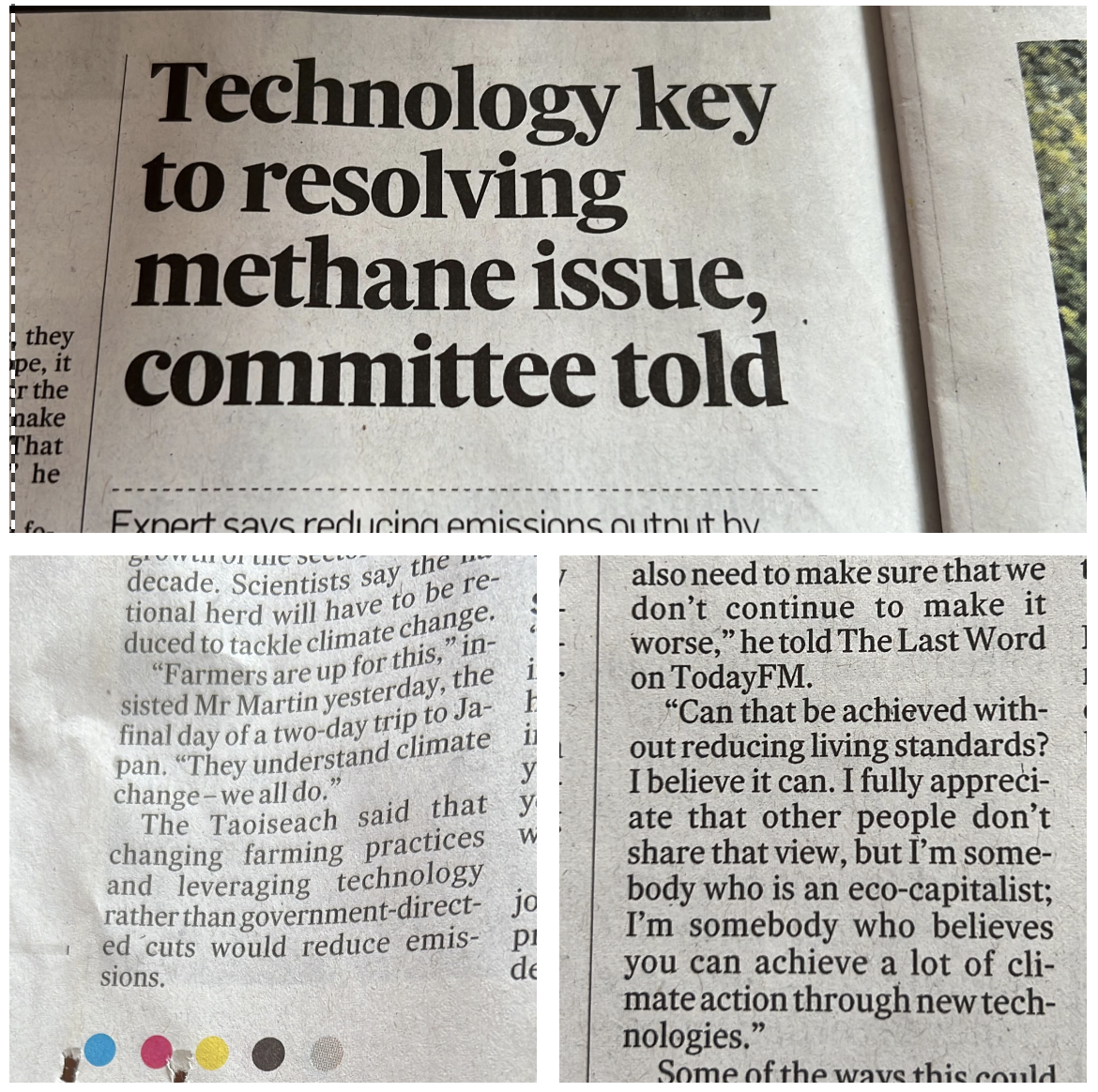
It isn't clear if these are new New Technologies, or the same New Technologies that Fianna Fáil politicians were putting their hopes on in 2011 when the last Climate Change Response Bill landed, with a thud, in the final dying days of the Cowan regime.
As I write, the government is still wrangling with itself, with Fianna Fáil and Fine Gael TDs and Ministers claiming that the Green Party (whose Minister is implementing the policies needed to bring about the 51% emissions reduction they all agreed to) is forcing their shared policy on rural Ireland.
And, meanwhile, the public register tells us that the IFA lobbied 649 times in the 727 days since this government formed.
Fine Gael and Fianna Fáil have advocated and incentivised increasing dairy farming, in particular, for years. The consequent private investment in additional methane-burping cows may turn out to be Ireland's first example of a stranded asset.
The blame for that failed investment falls, not on the Green Party implementing the universally acknowledged required policy, but the two larger parties who led farming, like the Pied Piper, dancing to the tune of short-sighted lobby campaigns.
In the meantime, we continue to be a grim outlier in a Europe set aflame.
